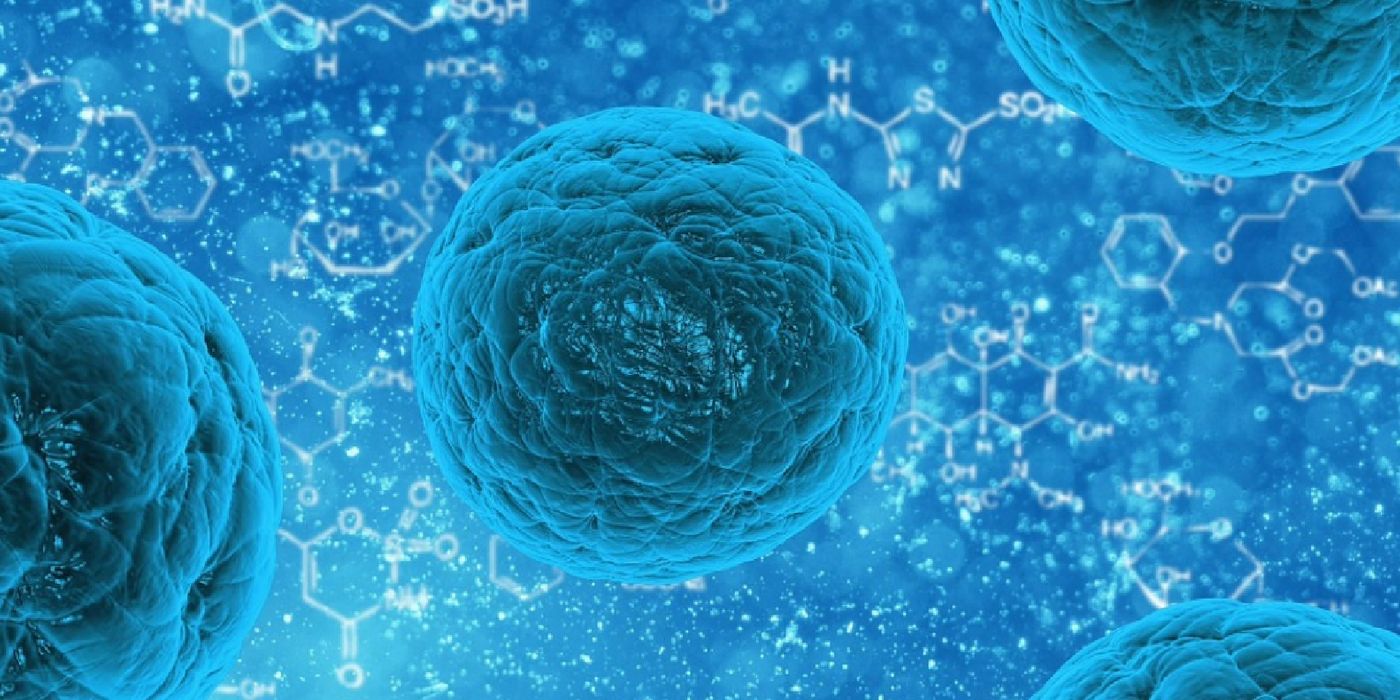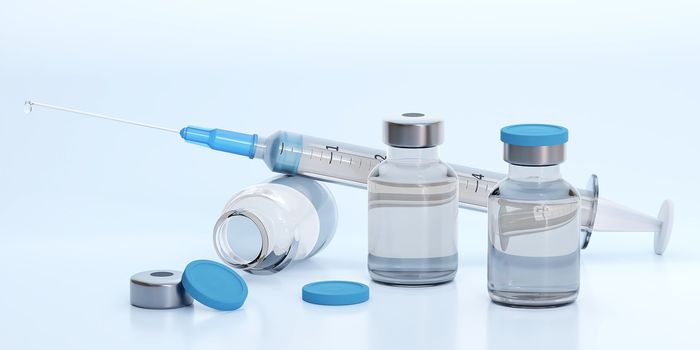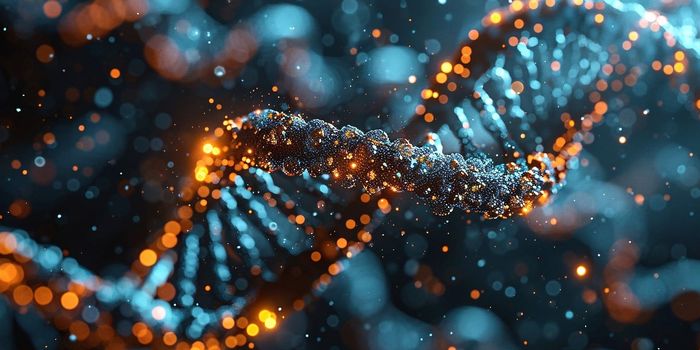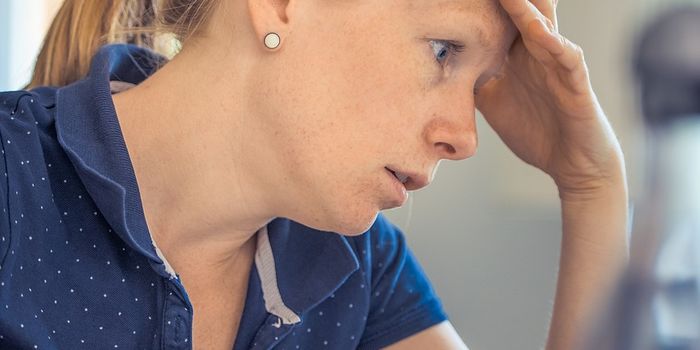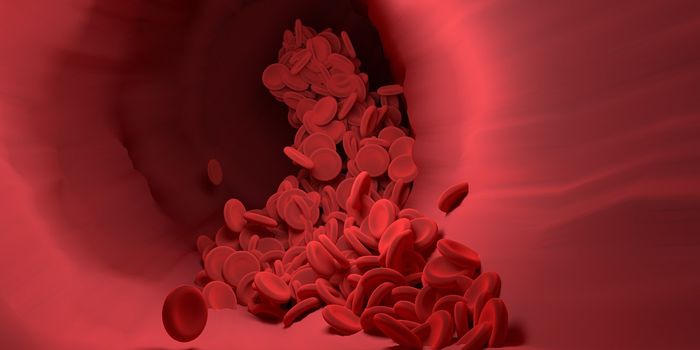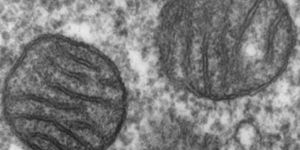Cancer Forces Cells to Become Virus-Like
For a long time, scientists noticed that tumors secrete factors that suggest there were viruses present inside the tumors too. But even when they searched high and low, no viruses were found within the tumors. But a recent study has finally unveiled the mystery: cancer cells force nearby healthy cells to secrete viral-like proteins for its defense.
"The conundrum was that in most cases, there was no viral infection in these tumors," said Andy J. Minn, an associate professor of Radiation Oncology at Penn, and the study’s senior author. "We've been studying this problem for many years, and it's a puzzle we were motivated to solve because cancers with this kind of anti-viral signaling can be particularly aggressive."
Minn and his team found that the cancer cells force surrounding fibroblasts to secrete vial-like genetic material inside small fluid-filled sacs known as exosomes. Specific to breast cancer cells, the fibroblasts were making exosomes rich in an RNA known as RN7SL1 , which resembles viral RNA at one end. With this viral-mimic exposed, the tissue responds as if there are viruses present, and this response can further enable the growth of the tumor.
"The ability of cancer cells to specifically instruct the fibroblasts to expose the viral-like end of RN7SL1 is a key discovery," said Minn. "If the end remains covered, breast cancer cells wouldn't treat these exosomes like a virus, making them less likely to progress and more likely to respond to treatment. On the other hand, if the end is always exposed, cells would react as if they are infected with a virus all the time."
The researchers think this manipulation of fibroblast cells could explain the inflammatory nature of some aggressive types of breast cancers. In particular, triple-negative and BRCA1 are two aggressive types of breast cancers that have high viral responses. Singling out the mechanism behind this response could lead to specific alternative treatments that improve the outcomes for these cancer types.
"Since we can test the blood of cancer patients to measure the presence of exposed RN7SL1 in exosomes, we can potentially identify patients whose cancers will be the most aggressive because of this virus mimic," Minn said. "Now that we understand how the exposed RNA is generated, we can look to potential therapeutic targets."
Additional source: Perelman School of Medicine at the University of Pennsylvania
